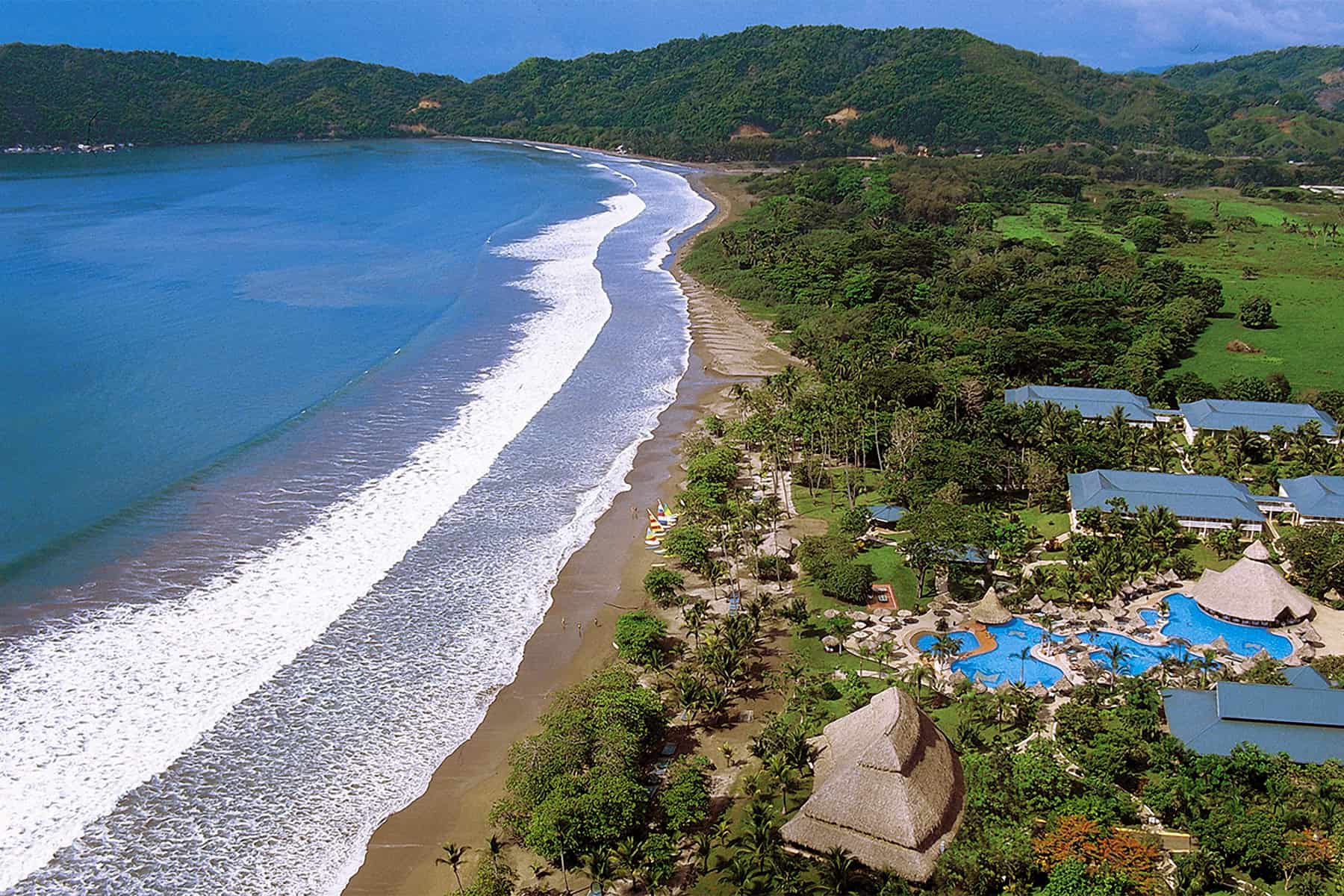Costa Rica’s tourism ss facing a slowdown as the mid-year school vacation period approaches. Running from July 5 to 20, the break typically draws strong domestic travel activity, but hotel bookings for 2025 are falling short of expectations.
According to a national survey of 50 hotels across various regions and categories, only 51 percent of reservations are confirmed. This suggests that while the average projected occupancy stands at 66 percent, many hotels are still well below their targets. Nearly half of the respondents expect lower occupancy compared to the same period last year, with some anticipating an average decline of 17 percentage points. However, 21 percent of hotels forecast an increase in visitors.
Occupancy expectations vary significantly by region and hotel type. Hotels in the Northern Zone are leading projections with estimated occupancy rates of 85 percent, followed by all-inclusive resorts at 83 percent, mountain hotels at 75 percent, and five-star properties at 70 percent. These figures highlight that while some segments remain resilient, others are struggling to attract bookings.
To help boost domestic travel, more than half of the hotels surveyed plan to offer promotional packages. These include discounts ranging from 10 to 30 percent, multi-night stay incentives such as 3×2 or 4×3 packages, preferential pricing for Costa Rican residents, and family-oriented deals. The industry is hoping these offers will encourage more nationals to travel during the school break.
Tourism leaders have warned that the current tourism outlook is being shaped by a combination of economic pressures and a reduction in international arrivals. Although global tourism rose by 5 percent in the first quarter of 2025, and the Americas posted 2 percent growth, Costa Rica experienced a 3.8 percent drop. Some in the industry point to issues such as high travel costs, exchange rate challenges, and growing insecurity as key factors discouraging travel to the country.
While government officials have pointed to international conditions—including global conflicts, rising tariffs, and diplomatic tensions—as explanations for the decline, many business owners argue that internal problems are just as significant. Limited airlift, reduced flight availability, and fewer seats on key routes have also compounded the issue, especially for international arrivals to Liberia and San José.
As the mid-year break approaches, Costa Rica’s hospitality sector is counting on last-minute bookings, strong domestic marketing campaigns, and competitive pricing to reverse the trend and bolster tourism revenues during one of the year’s most important travel periods.






